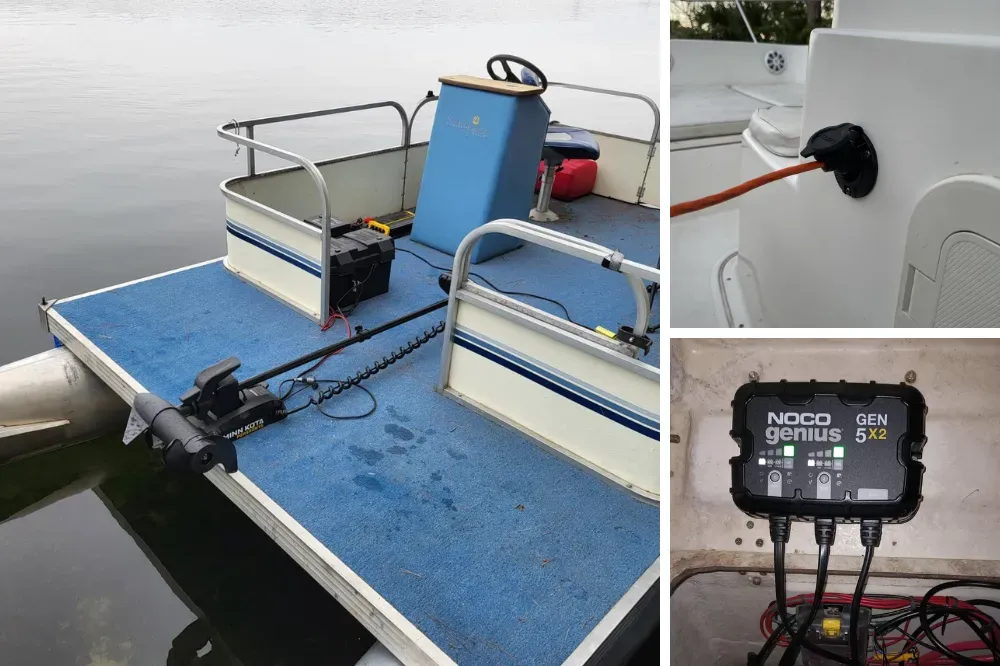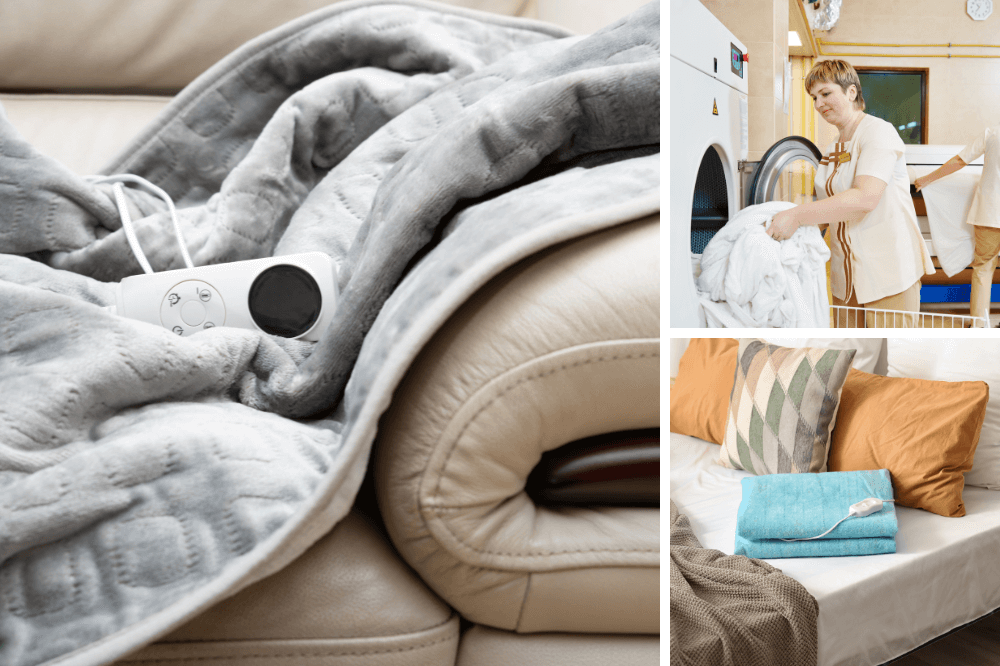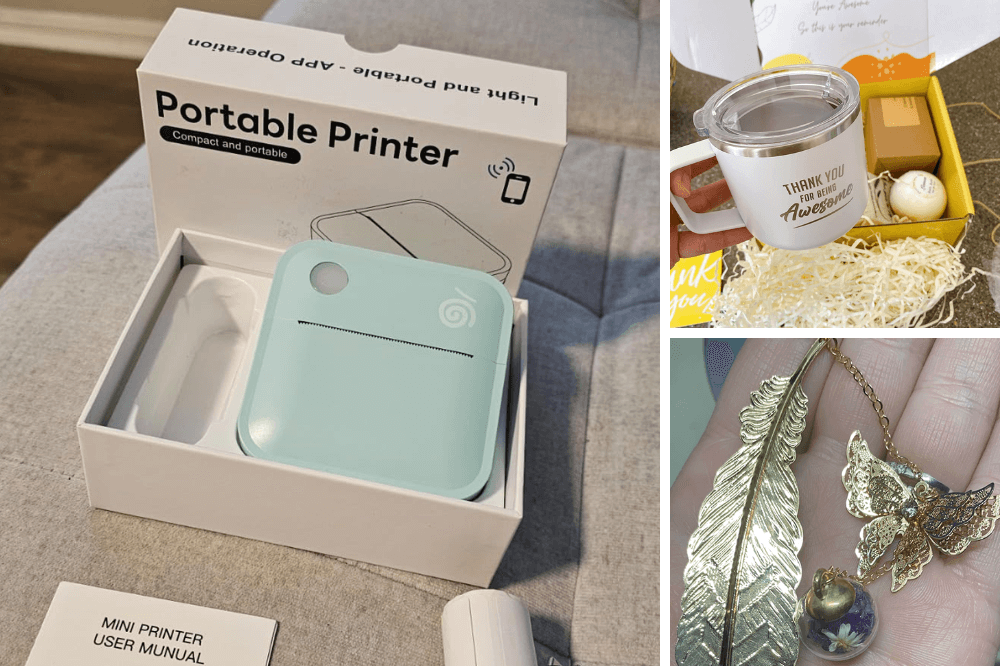Key Takeaways:
- Understanding Battery Types: Different marine batteries require specific charging methods for optimal performance.
- Choosing the Right Charger: Selecting the appropriate charger is crucial for maintaining battery health and longevity.
- Best Practices for Charging: Implementing proper charging techniques ensures reliable power and extends battery life.
Introduction
Charging a marine battery might seem straightforward, but it involves more than just plugging in a charger. Understanding the best way to charge a marine battery is essential for boat owners who rely on their batteries for everything from starting the engine to powering trolling motors and other electrical devices. This comprehensive guide will walk you through the best practices for charging different types of marine batteries, ensuring you get the most out of your investment.
Understanding Marine Battery Types
Marine batteries come in various types, each with unique characteristics and charging requirements. The most common types include lead-acid batteries, AGM batteries, gel batteries, and lithium marine batteries. Lead-acid batteries, including flooded batteries, are traditional and widely used due to their affordability. AGM (Absorbed Glass Mat) batteries and gel batteries offer better performance and longer life but come at a higher cost. Lithium marine batteries, such as ionic lithium batteries, are the latest in battery technology, providing superior performance and longevity.
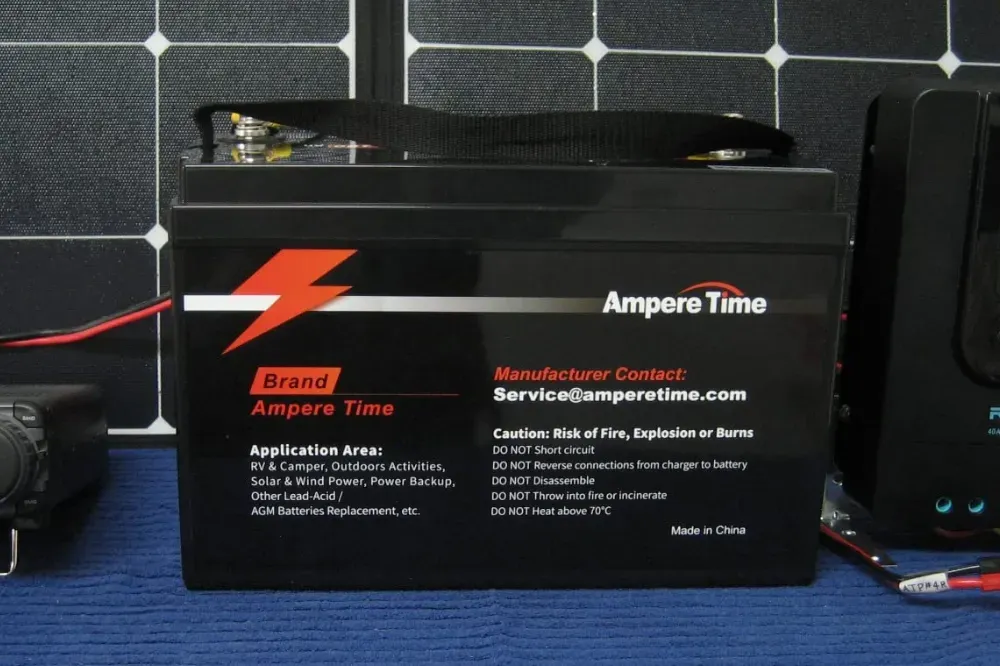
Each battery type has specific charging needs. For instance, lead acid batteries require regular maintenance, including checking water levels, while AGM and gel batteries are maintenance-free. Lithium marine batteries need a special charger explicitly designed for their chemistry to prevent overcharging and ensure safety.
Choosing the Right Charger
Selecting the right charger is crucial for maintaining your marine battery's health and longevity. There are various types of chargers available, including onboard chargers, portable marine battery chargers, and smart chargers. Onboard chargers are permanently installed in the boat and provide a convenient way to charge the battery while on the water. Portable chargers are versatile and can be used for multiple batteries, making them ideal for smaller boats or as a backup.
Smart chargers are designed to enhance battery life by automatically adjusting the charging process based on the battery's state and condition. These chargers prevent overcharging and provide a maintenance charge, ensuring the battery remains in optimal condition. When choosing a charger, consider the battery type, capacity, and your specific needs to ensure you select the best charger for your marine battery.
Proper Charging Techniques
Proper charging techniques are essential for ensuring your marine battery remains in good condition and provides reliable power. Begin charging your battery by connecting the charger to the battery terminals, ensuring the positive terminal is connected first. Use a charger designed specifically for your battery type to prevent damage and ensure optimal performance.
Avoid rapid charging, as it can cause overheating and reduce the battery's lifespan. Instead, use a charger with a float or maintenance mode to keep the battery fully charged without overcharging. Regularly check the battery's state of charge and ensure it is fully charged before storing it for an extended period. Implementing these best practices will help you maintain your marine battery's health and extend its life.
Charging Deep Cycle Marine Batteries
Deep-cycle marine batteries are designed to provide a steady amount of power over a long period, making them ideal for trolling motors and other electrical devices. To charge a deep-cycle marine battery correctly, use a charger with a higher voltage and amp rating to ensure the battery reaches its full capacity.
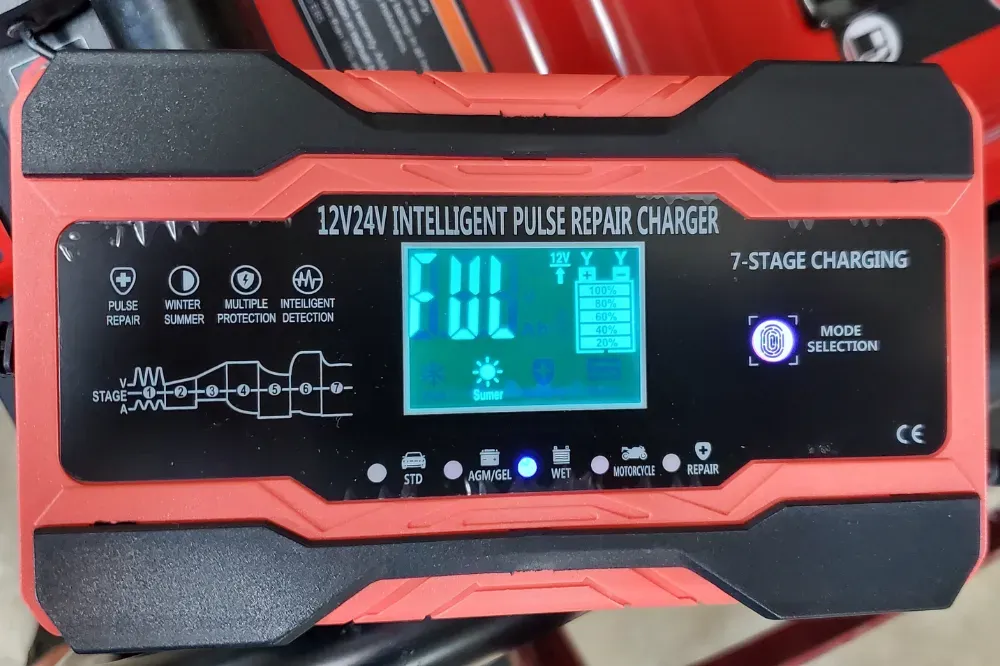
Avoid repeated shallow discharge, as it can reduce the battery's cycle life. Instead, allow the battery to discharge to around 50% before recharging. This practice helps maintain the battery's capacity and extends its lifespan. Regular maintenance, such as checking water levels and cleaning battery terminals, is also essential for keeping deep-cycle marine batteries in optimal condition.
Charging AGM and Gel Batteries
AGM and gel batteries require specific charging techniques to ensure they remain in good condition. These batteries are sensitive to overcharging, so using a smart charger with a float stage is crucial. The float stage maintains the battery at a constant voltage, preventing overcharging and ensuring the battery remains fully charged.
Avoid using traditional chargers, as they can cause damage to AGM and gel batteries. Instead, use a charger designed specifically for these battery types. Regularly check the battery's voltage level and ensure it is within the recommended range. Proper charging techniques will help you get the most out of your AGM and gel batteries, providing reliable power for your boat's electrical system.
Charging Lithium Marine Batteries
Lithium marine batteries, such as ionic lithium batteries, offer superior performance and longevity compared to traditional lead-acid batteries. However, they require a special charger designed specifically for their chemistry. Using the wrong charger can damage the battery and reduce its lifespan.
Lithium batteries have a higher voltage and amp hour rating, so using a charger with the appropriate output voltage is essential. Avoid using a regular charger, as it can cause overcharging and damage the battery. Instead, use a smart charger with a maintenance charge feature to keep the battery in optimal condition. Regularly check the battery's state of charge and ensure it is fully charged before storing it for an extended period.
Using Portable Marine Battery Chargers
Portable marine battery chargers are versatile and convenient, making them ideal for boat owners who need to charge multiple batteries or have limited space. These chargers can charge various battery types, including lead-acid, AGM, and lithium marine batteries.
When using a portable charger, ensure it is designed specifically for your battery type to prevent damage and ensure optimal performance. Connect the charger to the battery terminals, ensuring the positive terminal is connected first. Use a charger with a float or maintenance mode to keep the battery fully charged without overcharging. Regularly check the battery's state of charge and ensure it is fully charged before storing it for an extended period.
Onboard Chargers for Marine Batteries
Onboard chargers are permanently installed in the boat and provide a convenient way to charge the battery while on the water. They are designed to be used with various battery types, including lead-acid, AGM, and lithium marine batteries.
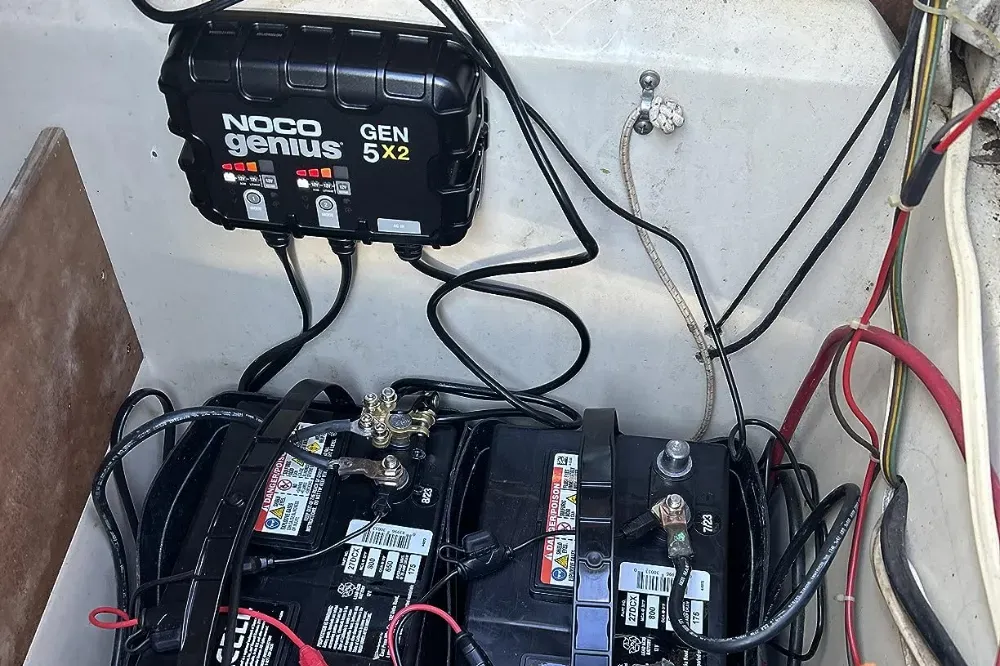
When installing an onboard charger, ensure it is designed specifically for your battery type to prevent damage and ensure optimal performance. Connect the charger to the battery terminals, ensuring the positive terminal is connected first. Use a charger with a float or maintenance mode to keep the battery fully charged without overcharging. Regularly check the battery's state of charge and ensure it is fully charged before storing it for an extended period.
Using Solar Panels for Charging
Solar panels are an excellent option for charging marine batteries, especially for boat owners who want to reduce their reliance on fossil fuels. Solar panels can be used to charge various battery types, including lead acid, AGM, and lithium marine batteries.
When using solar panels, ensure they are connected to a charge controller to prevent overcharging and ensure optimal performance. The charge controller regulates the voltage and current from the solar panels, ensuring the battery remains in good condition. Regularly check the battery's state of charge and ensure it is fully charged before storing it for an extended period.
Charging Multiple Batteries
Charging multiple batteries can be challenging, but using the right charger and techniques can make the process easier. Use a charger with multiple banks to charge several batteries simultaneously. These chargers are designed to provide the appropriate voltage and current for each battery, ensuring they remain in good condition.
When charging multiple batteries, ensure they are connected in parallel to prevent overcharging and ensure optimal performance. Regularly check the batteries' state of charge and ensure they are fully charged before storing them for an extended period. Implementing these best practices will help you maintain your batteries' health and extend their lifespan.
Preventing Overcharging
Overcharging can cause significant damage to marine batteries, reducing their lifespan and performance. To prevent overcharging, use a smart charger with a float or maintenance mode. These chargers automatically adjust the charging process based on the battery's state and condition, ensuring it remains in optimal condition.
Regularly check the battery's voltage level and ensure it is within the recommended range. Avoid using traditional chargers, as they can cause overcharging and damage the battery. Implementing these best practices will help you maintain your marine battery's health and extend its lifespan.
Regular Maintenance for Marine Batteries
Regular maintenance is essential for keeping marine batteries in good condition and ensuring they provide reliable power. Check the battery's water levels regularly and top up with distilled water if necessary. Clean the battery terminals to prevent corrosion and ensure a good connection.
Regularly check the battery's state of charge and ensure it is fully charged before storing it for an extended period. Implementing these best practices will help you maintain your marine battery's health and extend its lifespan.
Using a Trickle Charger
A trickle charger is an excellent option for maintaining marine batteries, especially during the off-season. Trickle chargers provide a low, constant voltage to keep the battery fully charged without overcharging. These chargers are ideal for lead acid, AGM, and lithium marine batteries.
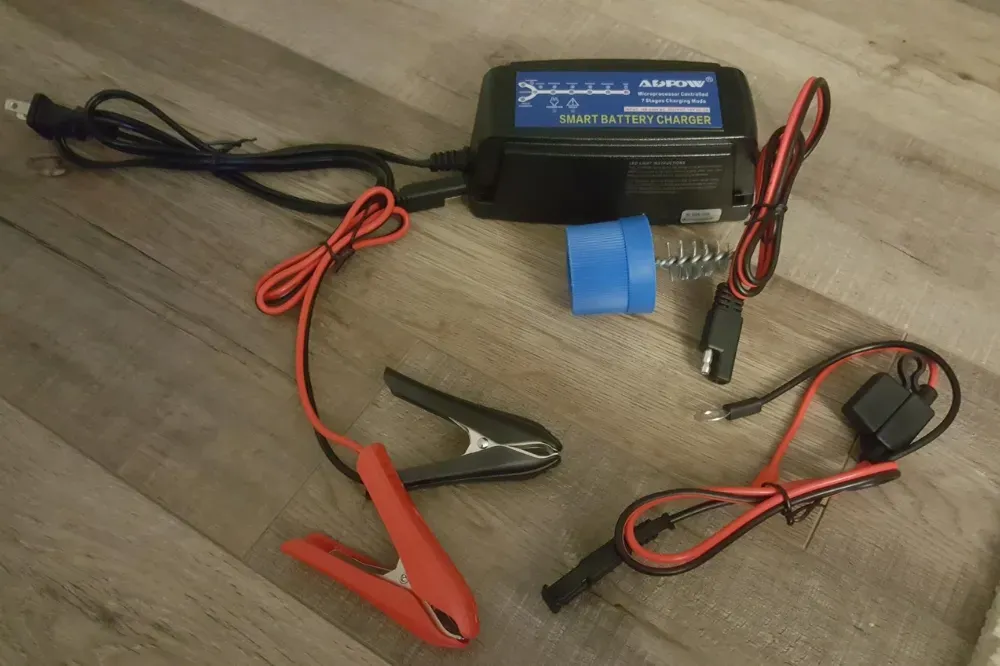
When using a trickle charger, ensure it is designed specifically for your battery type to prevent damage and ensure optimal performance. Connect the charger to the battery terminals, ensuring the positive terminal is connected first. Regularly check the battery's state of charge and ensure it is fully charged before storing it for an extended period.
Charging in Extreme Temperatures
Charging marine batteries in extreme temperatures can be challenging, but using the right techniques can help ensure optimal performance. Avoid charging the battery in extreme heat or cold, as it can cause damage and reduce the battery's lifespan. Instead, charge the battery in a controlled environment with a stable temperature.
Use a charger with a temperature compensation feature to adjust the charging process based on the ambient temperature. This feature ensures the battery remains in good condition and provides reliable power. Regularly check the battery's state of charge and ensure it is fully charged before storing it for an extended period.
Summary
Charging a marine battery correctly is essential for maintaining its health and ensuring reliable power for your boat. Understanding the different types of marine batteries and their specific charging requirements is crucial for selecting the right charger and implementing proper charging techniques. Regular maintenance and using the appropriate charger will help you get the most out of your marine battery, providing reliable power for your boat's electrical system.
FAQ
1. What is the best way to charge a deep-cycle marine battery?
The best way to charge a deep-cycle marine battery is to use a charger with a higher voltage and amp rating to ensure the battery reaches its full capacity. Avoid repeated shallow discharge and allow the battery to discharge to around 50% before recharging. Regular maintenance, such as checking water levels and cleaning battery terminals, is also essential for keeping deep-cycle marine batteries in optimal condition.
2. Can I use a car battery charger to charge my marine battery?
Using a car battery charger to charge a marine battery is not recommended, as it may not provide the appropriate voltage and current for the marine battery. Instead, use a charger designed specifically for your battery type to prevent damage and ensure optimal performance.
3. How do I prevent overcharging my marine battery?
To prevent overcharging your marine battery, use a smart charger with a float or maintenance mode. These chargers automatically adjust the charging process based on the battery's state and condition, ensuring it remains in optimal condition. Regularly check the battery's voltage level and ensure it is within the recommended range. Avoid using traditional chargers, as they can cause overcharging and damage the battery.
